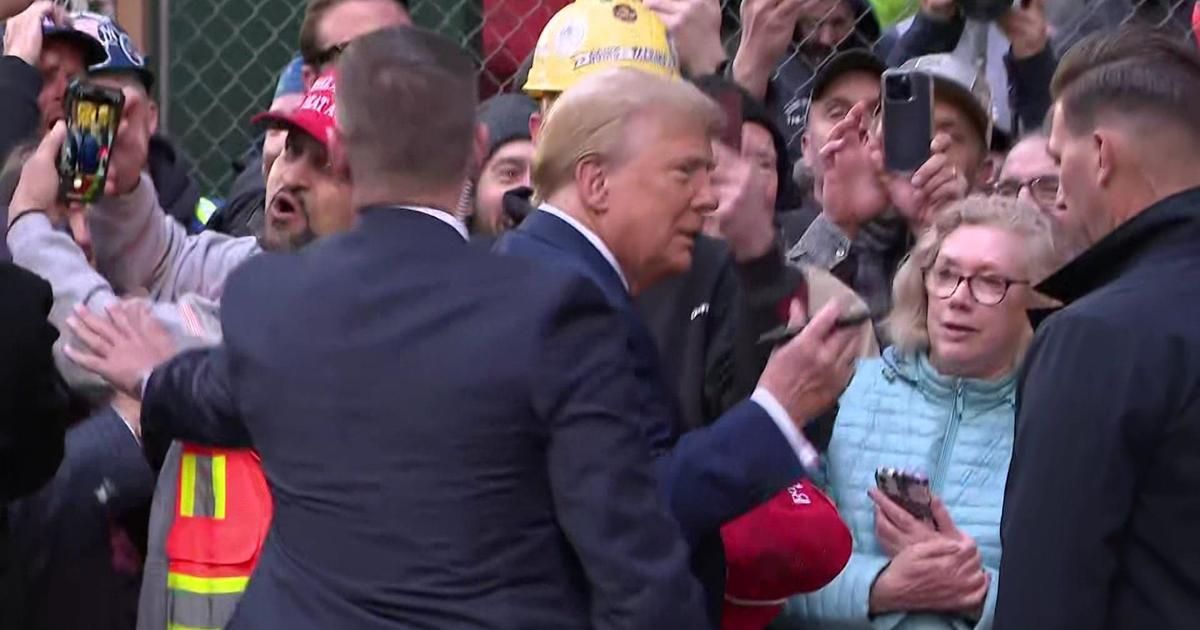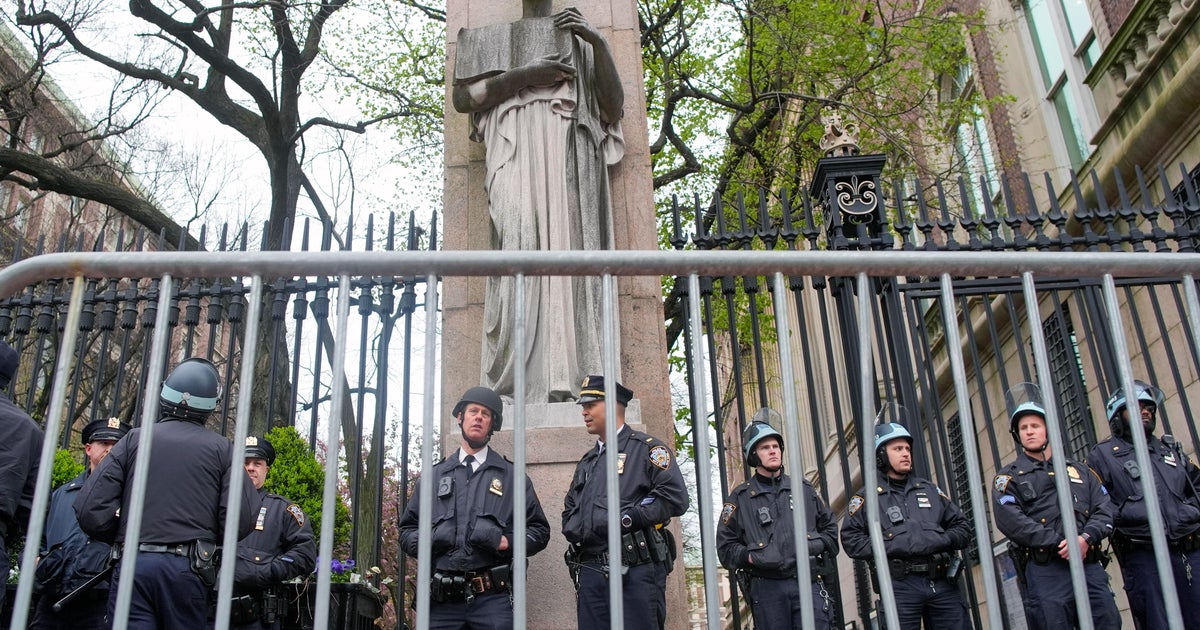Some Subway Tunnels Flood; Pumping Them Out Could Take 4 Days
NEW YORK (CBSNewYork) -- In a confirmation of the fears of Metropolitan Transportation Authority, subway tunnels and stations flooded Monday evening as water rushed through Battery Park and other areas.
"We're seeing flooding pretty much throughout the entire area with most of the flooding we're seeing in Lower Manhattan," MTA spokesman Kevin Ortiz told CBS 2.
The MTA has shut down power to the tunnels that run under the East River between Manhattan to Brooklyn to avoid serious problems.
But the MTA tweeted said water had infiltrated the subways tunnels under the East River, although the depths were unknown. The MTA also tweeted to 4 feet of water were observed in an unspecified Lower Manhattan station.
Ortiz said virtually all the stations and tunnels south of Chambers Street were flooded. In Queens, the Rockaway Park A station was also inundated, with water reaching the platform.
Crews were working with portable pumps to get the water out as quickly as possible, but the flooding is not good news when it comes to reopening the subway system.
"It is really difficult to predict the amount of time to pump the water out from flooded tunnels and adjoining stations," Ortiz said.
MTA officials said previously that salt water could corrode the switches and signals in the system and could force the MTA to replace hundreds of pieces of equipment before service could be restored.
But even before the MTA gets to restoring the signals, it could be as few as 14 hours and as much as four days before all the water is even pumped out, Ortiz said.
But the MTA emphasized on Twitter that there is no timetable for when the subway can reopen.
"Rumors of one week are just that: rumors," the MTA tweeted.
Gov. Andrew Cuomo and MTA officials have repeatedly emphasized that salt and the subway system don't mix.
"We're very concerned about the water surge in the Battery, where most of our lines go down and where the tunnels to Brooklyn go. That is one of our most low-lying areas, and we've boarded them up," MTA Chairman Joe Lhota said before the floodwaters began rushing near Battery Park. "We've put up various different barriers to prevent the water from coming in. But that's my biggest concern."
Officials said especially vulnerable subways lines are the A, F, 2, 3, 4, 5, N and R trains, which all run through tunnels connected to lower Manhattan.
"The switches are really important for controlling the flow of the subway system. They could corrode quite easily. We also, our signaling system – it's an electronic signaling system, and again, the corrosion that could come from there is significant," Lhota said. "So just the general ability to run the system and to keep it safe is in jeopardy."
The MTA said it is ready with a fix.
"We've got the materials and the wherewithal necessary to repair whatever damage there is as quickly as possible," Lhota said.
But how quickly is quickly? Would it be hours, days, or even weeks?
An official responded that the MTA just doesn't know. It depends on how much salt water gets into the system, how far it gets, and how long it stays.
In December 1992, when three tunnels filled with water, some service was restored right away. But the Canarsie tube, carrying the L line under the East River, was out of service for several days.
MTA service will also be shut down on Tuesday, and it is not known when service will be restored. For more from the MTA, click here.
Leave your comments below...



